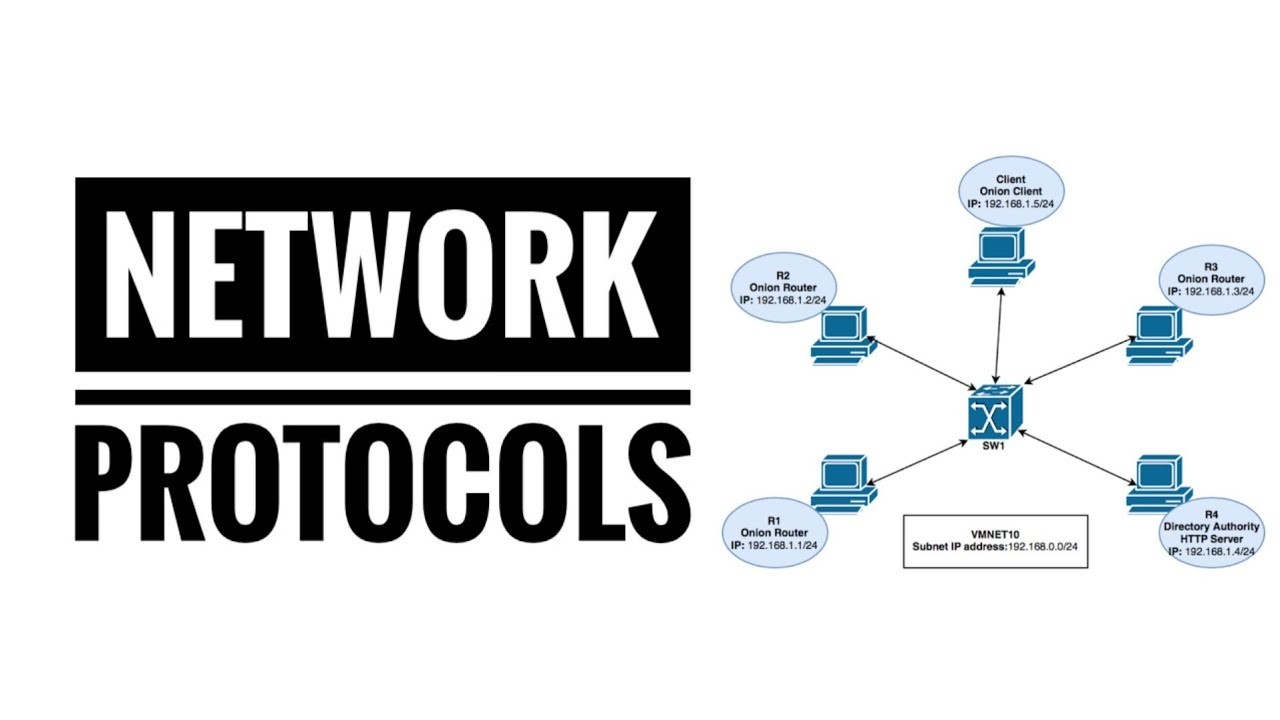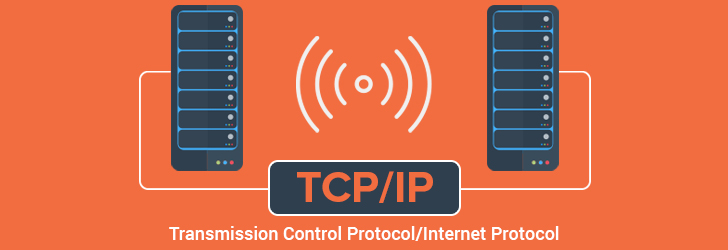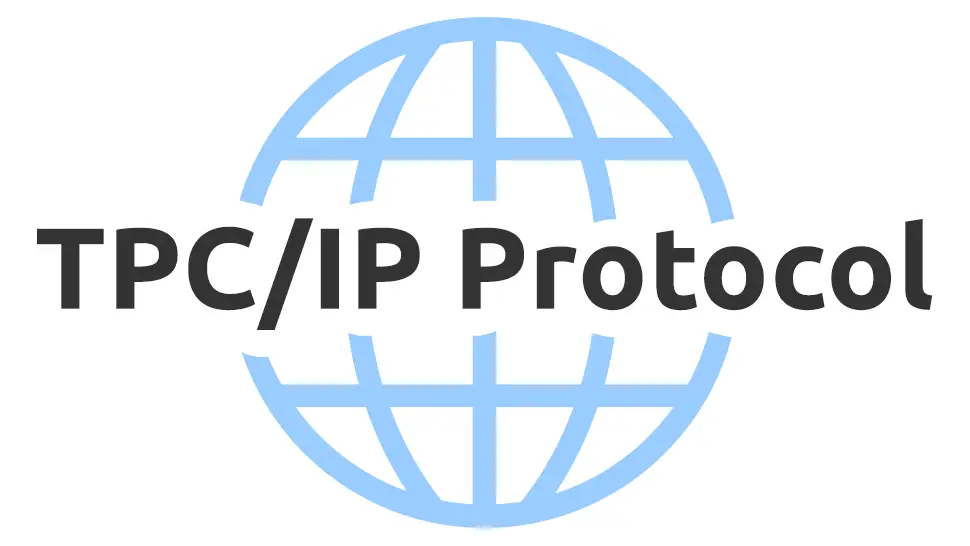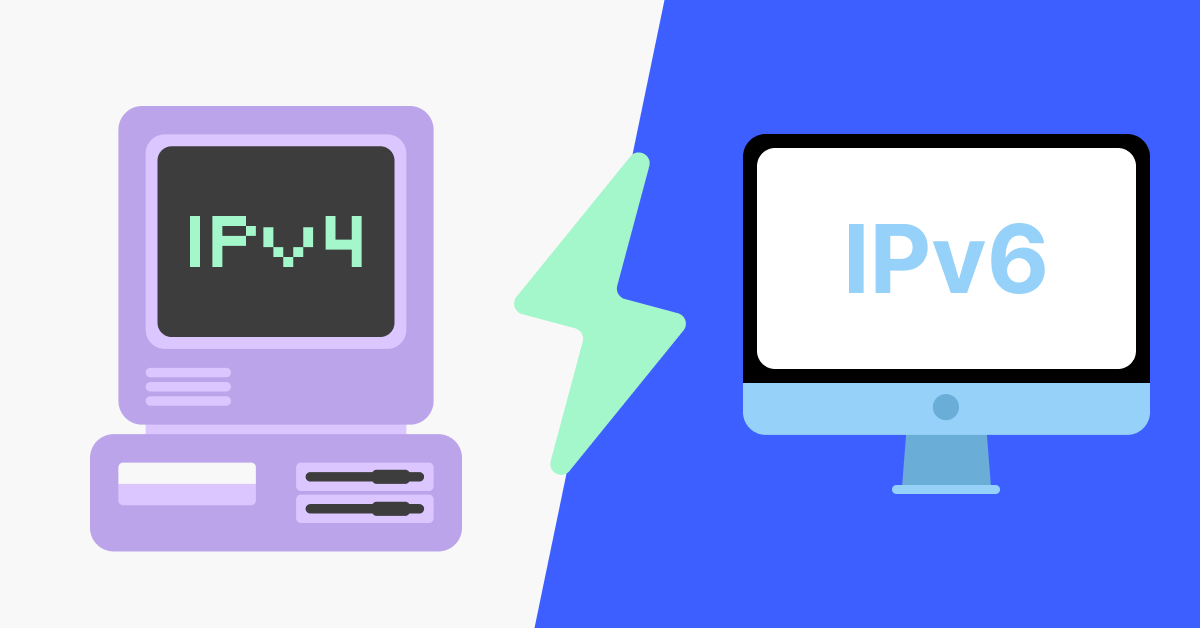Most common Network Protocols
Network protocols are sets of rules and conventions that are designed to ensure data communication over a network. They provide efficient, reliable, and secure data exchange, defining how data is formatted, transmitted, and received. protocols enable seamless interaction across diverse systems, forming the backbone of Internet and network communication.
TCP
Transmission Control Port is the most commonly used port to ensure end-to-end data delivery. applications and devices use TCP ports to send packets, data, and messages over the network and ensure the successful delivery of those. TCP port establishes a connection between source and destination before transmitting data, then it divides data into small data packets while ensuring the integrity of data.
IP
Internet protocol is a set of rules for addressing and routing packets. The primary function of IP includes addressing, packet fragmentation, and reassembling. It helps routers send data packets to correct destinations across multiple networks. IP does not guarantee delivery, leaving error-checking and recovery to higher-level protocols like TCP.
FTP/SFTP
File Transfer Protocol is used for transferring files between the client and a server over a TCP/IP network. FTP is widely used for its efficiency and simplicity. The client initiates the connection to the server for uploading, downloading, and managing files. FTP opens two connections during the file transmission. One connection is created for transfer commands and replies Between the client and server. Another connection is used for transferring the files between the client and server.
By default FTP uses 21 ports, it supports the majority of web browsers and it does not have encryption. Therefore it can be attacked by hackers. As a solution for this, we can use Secure File Transfer Protocol (SFTP). This kind of server uses a Secure socket layer (SSL) for encryption and that provides security during the file transfer.
IPV4/IPV6
IPV4 is standard for Internet Protocol Version Four. IPV4 uses 32-bit numeric addresses, allowing for approximately 4.3 billion unique addresses. IPV4 addresses are written in dotted decimal format. This port could be used for packet fragmentation and reassembly and ensure the interiority of data during the transmission. With the development of IOT, It was increased the number of digital devices connected to the internet but IPV4 is not capable of providing IP addresses for all of them. As a solution for this IPV6 has been introduced. IPV6 uses a 128-bit hexadecimal address, that can offer a large number of spaces to solve that problem.
HTTP/S
Hypertext Transfer Protocol is a foundational protocol for the World Wide Web (WWW). That is used for loading HTML pages and images or videos using hypertexted links. HTTP protocol is an application layer protocol that is designed to transfer information between the client machine and the server machine. client machine making requests on the server machine using the HTTP port then it sends a response message for the HTTP request.
- Contains of HTTP request
- HTTP version type
- URL
- HTTP method
- HTTP request headers
- HTTP body
Hypertext Transfer Protocol (HTTPS) is the secure version of HTTP. HTTPS uses an encryption protocol such as Transport Layer Security (TLS) or Secure Sockets Layer (SSL) to encrypt the communication between client and server. These encryption protocols use an asymmetric Public Key Interface (PKI) to communicate between these two parties.
TLS
Transport Layer Security (TLS) is a security protocol designed to improve data security and privacy of communication by encrypting data. Encryption, Authentication, and Integrity are the main three components of this protocol. When it establishes the handshake between client and server TLS uses an asymmetric encryption method to secure the data in the conversation. It uses a public key and a private key for the encryption.
SSL
Secure Socket Layer is also a security protocol that is used for encrypting data within a conversation. It ensures the authentication, privacy, and data integrity of Internet communication. SSL ensures the authentication process using a handshake with the client and server, by verifying that the data is not tempered before reaching the destination. It ensures the integrity of data.
SMTP
Simple Mail Transfer Protocol (SMTP) is a network protocol that is used to transmit electronic mail over the network. Computers and servers exchange data regardless of their underlying hardware or software. SMTP delivers email to the email provider's mail server, Separate protocols are used to retrieve that email from the mail server so the recipient can read it.
TELNET
Teletype Network protocol allows a user to remotely access to another computer over the Local Area Network (LAN). It uses terminal-to-terminal communication. Telnet protocol is used for troubleshooting network connectivity, configuring network devices, remote administration of servers, and testing and debugging applications. When users use Telnet the transmitting data is not encrypted. Therefore that can be captured by an attacker.
SSH
Secure Shell (SSH) protocol is also used to send commands to another computer over a network. SSH uses cryptography methods to authenticate and encrypt the connection between devices. Also, SSH allows for tunneling, and port forwarding when data packets can cross the networks.
***








0 comments:
Post a Comment